Throughout history, countless inventions have shaped the world we live in today, making our lives easier, safer, and more enjoyable. However, not all inventors receive the recognition they deserve. While we often celebrate famous figures like Thomas Edison and Alexander Graham Bell, many brilliant minds behind everyday innovations remain largely unknown. In this article, we shine a light on 8 unsung inventors whose groundbreaking contributions have had a profound impact on the world, even if their names aren’t widely recognized. From the gas mask can to the blood bank, these individuals have truly changed the way we live, often in ways we take for granted.
Garrett A. Morgan – Gas Mask
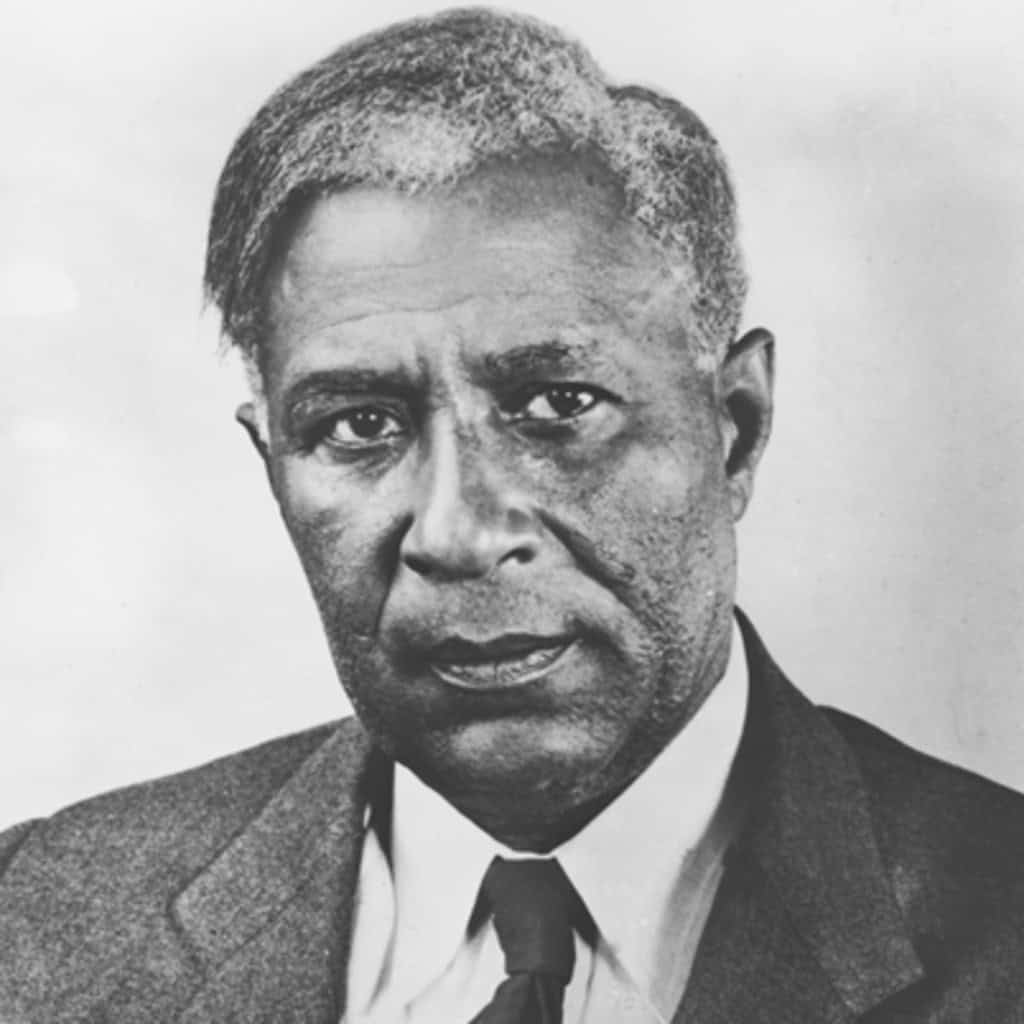
Garrett A. Morgan, an African American inventor, created the gas mask in 1912, an innovation that has saved countless lives and is still in use today in various forms. Morgan was a self-taught inventor and entrepreneur who ran a sewing machine repair business in Cleveland, Ohio. His interest in safety devices led him to develop the “safety hood,” a device designed to protect firefighters and rescue workers from smoke and toxic gases. The mask featured a hood that covered the head, a tube that extended to the ground to draw in cleaner air, and a sponge that filtered out smoke and harmful particles. Morgan’s invention gained national attention in 1916 when it was used to rescue workers trapped in a tunnel explosion under Lake Erie. Despite his life-saving invention, Morgan faced racial discrimination, which limited his recognition and business opportunities. Nevertheless, his gas mask became a vital piece of safety equipment for firefighters, miners, and soldiers during World War I. Although Morgan received some recognition during his lifetime, his contributions have been largely overshadowed in history, making him one of the unsung inventors who significantly impacted public safety.
Johan Vaaler – Paper Clip
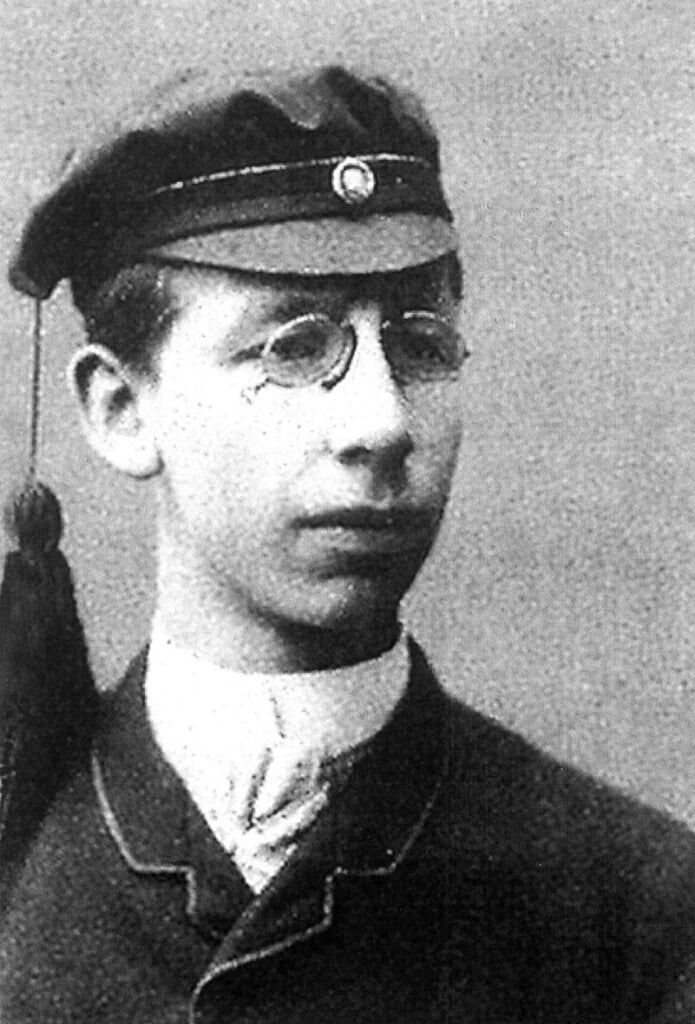
Johan Vaaler, a Norwegian inventor, is credited with inventing the paper clip in 1899, a simple yet indispensable tool that has become a global symbol of office organization. Vaaler was a patent clerk, and his work involved managing and organizing large amounts of paperwork. Frustrated by the lack of a convenient way to keep papers together without damaging them, Vaaler designed a small, twisted loop of wire that could securely hold sheets of paper without piercing or damaging them, unlike staples or pins. His design was patented in Norway and Germany, but due to a lack of international patent protection, similar designs were produced by other manufacturers, leading to widespread use of the paper clip without Vaaler receiving royalties or recognition. Despite its global ubiquity in offices, schools, and homes, Vaaler’s name is not widely known, and he did not achieve significant financial success from his invention. The paper clip, however, stands as a testament to the impact of simple, effective design solutions that integrate seamlessly into everyday life, making Vaaler a quintessential unsung inventor.
Philo Farnsworth – Mechanical Television

Philo Farnsworth was an American inventor who made pioneering contributions to the development of the television, yet his name remains relatively unknown compared to contemporaries like David Sarnoff. Born in 1906 in rural Idaho, Farnsworth was a prodigious talent, developing an interest in electronics and engineering at a young age. By his teenage years, he had already conceptualized the basic principles of electronic television, envisioning a system that could capture moving images using electronic scanning rather than mechanical means. In 1927, at the age of 21, Farnsworth successfully transmitted the first electronic image, a simple line, marking a pivotal moment in the history of television. He continued to refine his invention, eventually producing the first all-electronic television image—a dollar sign. Despite his groundbreaking work, Farnsworth struggled with financial backing and faced fierce competition from RCA, which was also developing television technology. Although he eventually secured patents for his inventions, Farnsworth never achieved the fame or fortune of his competitors. His contributions to television, one of the most influential technologies of the 20th century, make him an unsung hero in the annals of innovation.
Margaret Knight – Flat-Bottomed Paper Bag
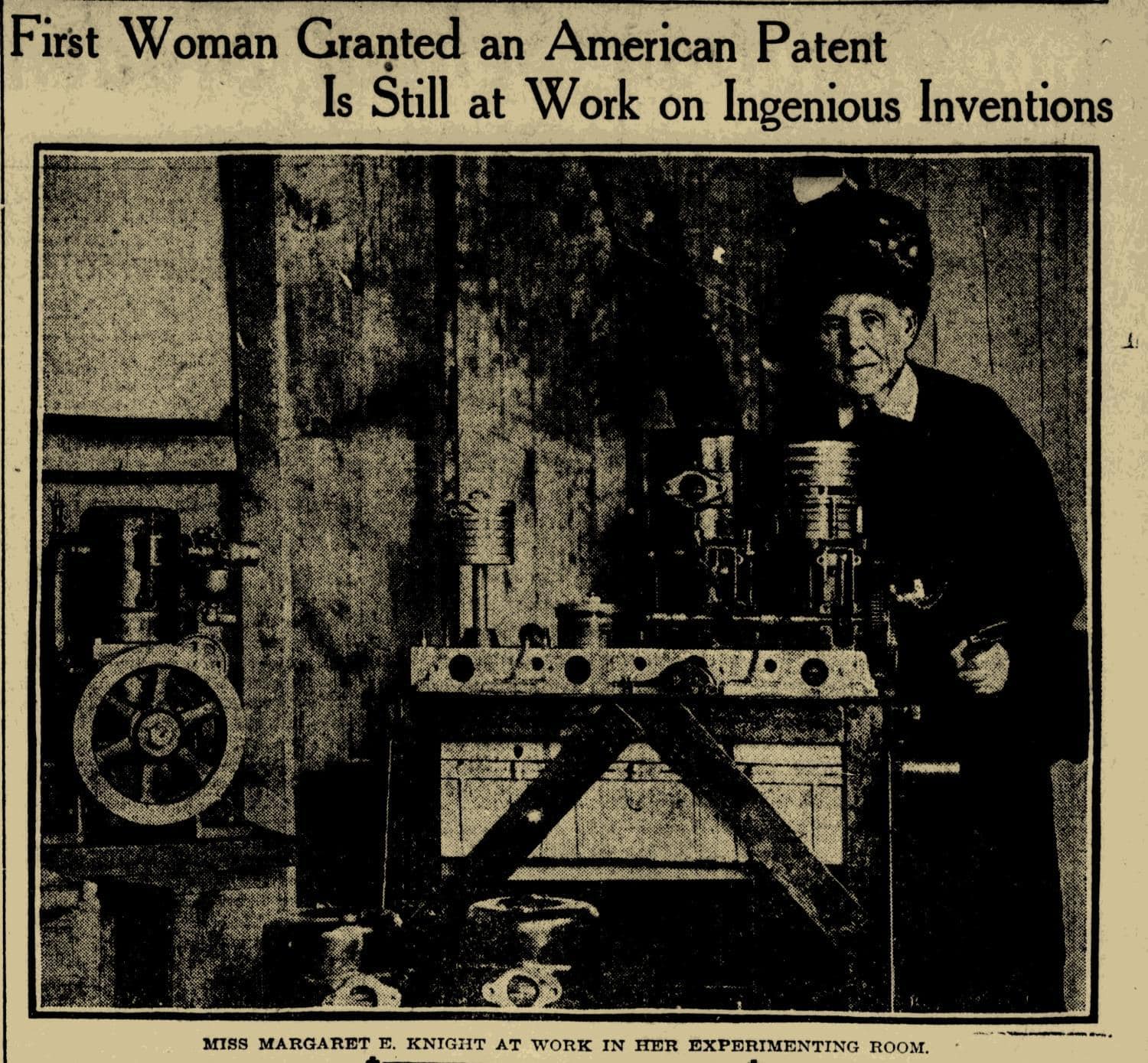
Margaret Knight, often referred to as “the most famous 19th-century woman inventor,” revolutionized the packaging industry with her invention of the flat-bottomed paper bag in 1871. Before Knight’s innovation, paper bags were essentially envelopes—flat, shapeless, and difficult to use for holding groceries or other items. Knight, who was working in a paper bag factory, recognized the need for a bag that could stand on its own and hold more substantial contents. She invented a machine that could cut, fold, and glue paper into a bag with a flat, stable bottom, making it far more practical for everyday use. Knight faced significant challenges in securing her patent, including a legal battle with a male colleague who tried to steal her invention, claiming that a woman couldn’t possibly have designed such a machine. Knight won the case, securing her patent and establishing her own company to produce the bags. Her invention is still in use today, found in grocery stores and homes around the world. Despite her significant contributions, Knight’s name is not widely recognized, making her one of the many unsung inventors who have quietly shaped modern life.
Amanda Theodosia Jones – Oil Burner
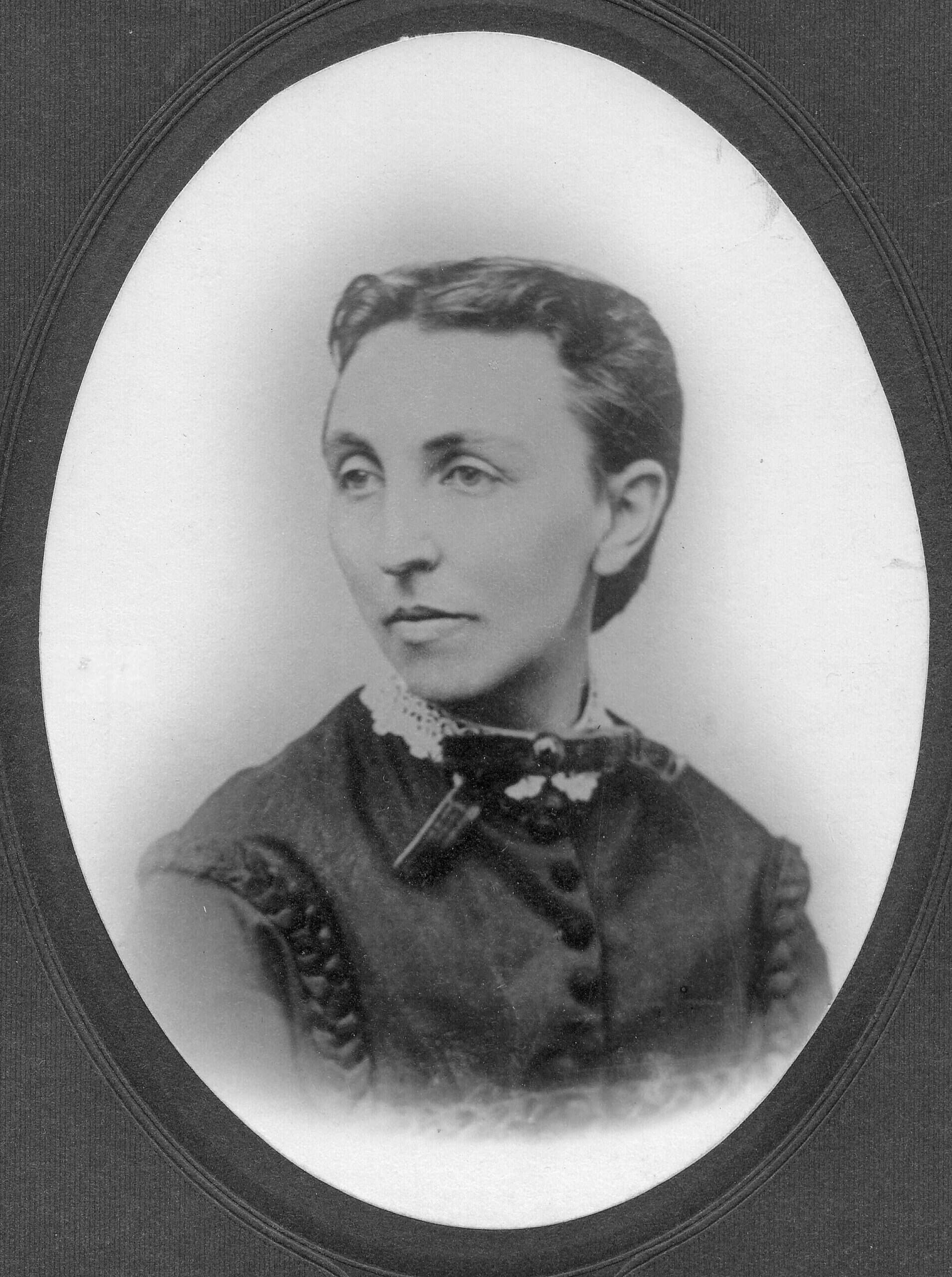
Amanda Theodosia Jones was an inventor and entrepreneur who, in 1880, developed the oil burner, a device that significantly improved heating technology in homes and industrial settings. Before her invention, heating systems were inefficient and often unreliable, especially in cold climates. Jones, who had already made a name for herself as an author and a patent holder for food preservation techniques, saw the potential for a more effective heating method. Working in the oil fields of northern Pennsylvania, she perfected her design for the oil burner, which allowed for more controlled and efficient combustion of fuel oil. This innovation not only improved heating efficiency but also contributed to the development of more advanced heating systems that would follow. Despite her significant contributions, Jones struggled to gain recognition in a male-dominated industry, and her name has largely been forgotten in the history of technological innovation. Nevertheless, her work laid the groundwork for modern heating systems, making her one of the many unsung inventors who have quietly improved the quality of life for millions.
Elisha Gray – Electrical Telephone Prototype

Elisha Gray was an American electrical engineer who played a crucial role in the invention of the telephone, yet his contributions have been largely overshadowed by Alexander Graham Bell. In fact, Gray and Bell both filed patents for the telephone on the same day in 1876, but Bell’s application was processed first, leading to his recognition as the inventor. Gray’s design, which involved transmitting vocal sounds electrically, was a significant advancement in communication technology. However, due to the timing of the patent filings, Gray was relegated to a lesser-known figure in the history of telecommunications. Despite this, Gray’s work laid the groundwork for modern telephony, and his contributions were critical to the development of the technology that connects the world today. His work was not limited to the telephone; Gray also made significant advancements in telegraphy and other electrical devices. Yet, despite his numerous inventions and contributions, Gray remains one of the most unsung inventors in history, overshadowed by more famous contemporaries but no less important in shaping the world of communication.
Walter Frederick Morrison – Frisbee
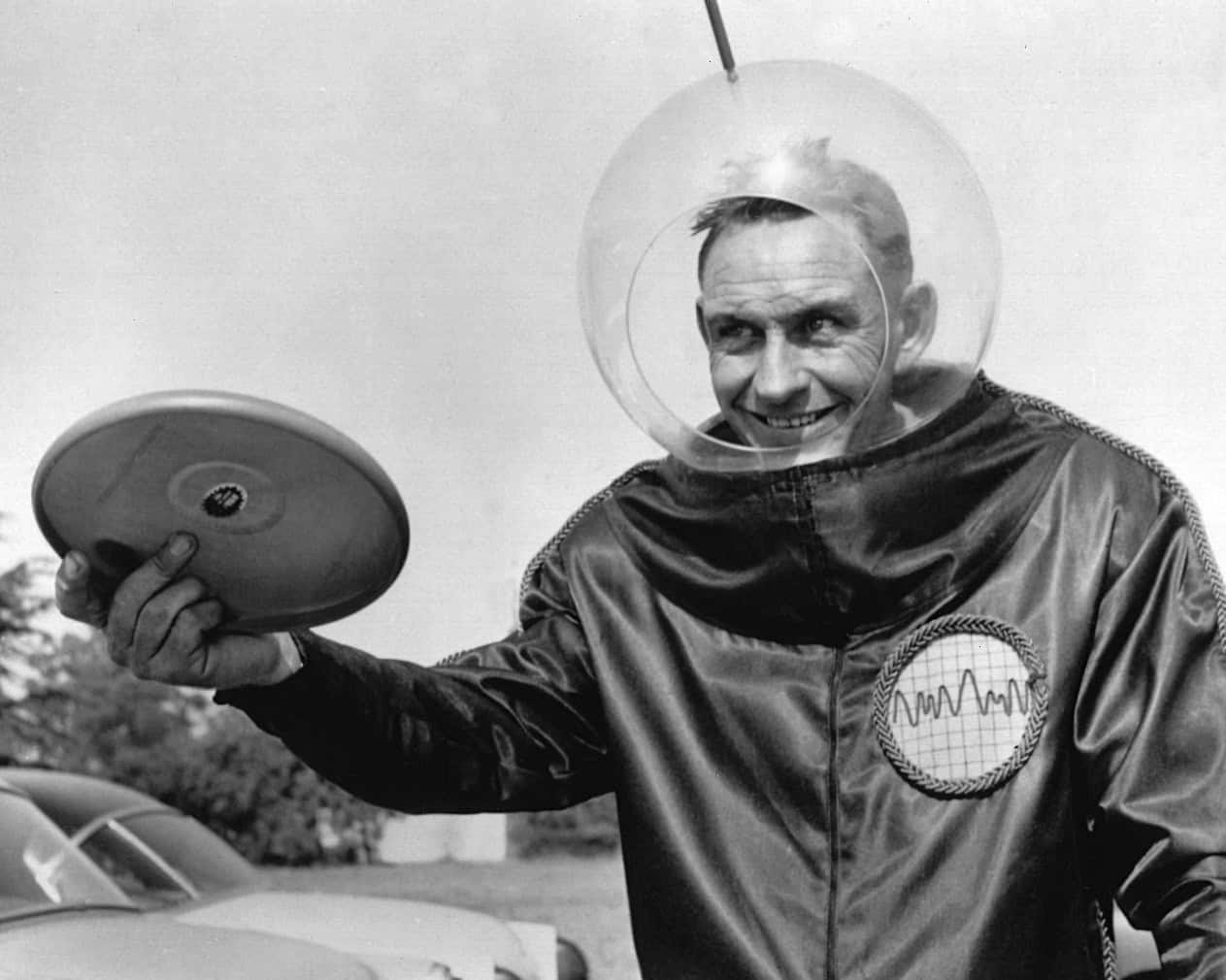
Walter Frederick Morrison, an American inventor, is the man behind the creation of the Frisbee, a toy that has become an iconic symbol of casual outdoor fun. Morrison’s idea for a flying disc was inspired by the popularity of UFOs in the 1950s and by college students who were already tossing around pie tins for sport. Morrison realized that there was potential to turn this playful activity into a mass-produced toy. He designed a more aerodynamic version of the pie tin and began selling it as the “Pluto Platter.” The Wham-O company, seeing the potential in Morrison’s invention, bought the rights and renamed it the Frisbee, after learning that college students had already coined the term from the name of the Frisbie Pie Company, whose tins they had been tossing. The Frisbee quickly became a staple of American leisure, enjoyed by people of all ages. Despite the Frisbee’s immense popularity, Morrison’s name is not widely known, making him an unsung inventor. His simple yet ingenious invention has not only provided countless hours of entertainment but also inspired competitive sports like Ultimate Frisbee and Disc Golf.
Charles Drew – Blood Bank
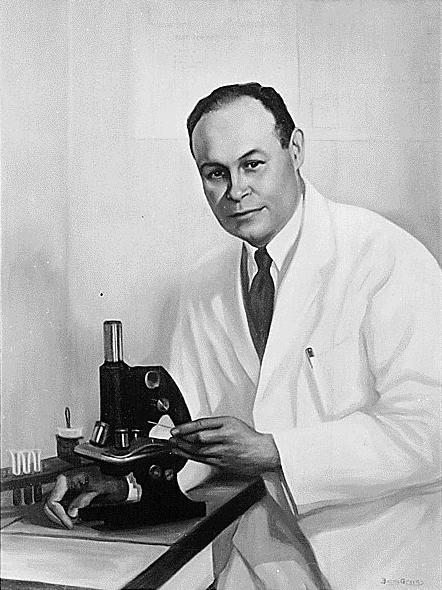
Dr. Charles Drew, an African American physician and surgeon, revolutionized medical science with his pioneering work in the field of blood storage and transfusion. In the 1940s, Drew developed methods for processing and preserving blood plasma, allowing it to be stored for longer periods and transported over greater distances. This breakthrough was particularly important during World War II, when the need for blood transfusions was critical. Drew’s work led to the establishment of blood banks, a system that has saved countless lives by ensuring that blood supplies are available when needed. Despite his contributions, Drew faced significant racial discrimination throughout his career. He became the director of the American Red Cross blood bank program but resigned in protest when the military insisted on segregating blood donations by race—a policy he vehemently opposed. After leaving the Red Cross, Drew continued to advocate for equality in healthcare and became a respected professor at Howard University. Although his work laid the foundation for modern blood banking, Drew’s name is not as well-known as it should be, making him an unsung hero who changed the world of medicine and saved countless lives.
This article originally appeared on Rarest.org.
More from Rarest.org
South America’s capital cities are often associated with well-known landmarks and tourist hotspots, but they also hide a wealth of underrated destinations that offer unique experiences. Read more.
Electric vehicles (EVs) are rapidly transforming the automotive landscape, offering a blend of innovation, sustainability, and performance that traditional cars can’t match. Read more.
In the world of blockbuster films, some actors not only deliver unforgettable performances but also command impressive paychecks. Read more.



